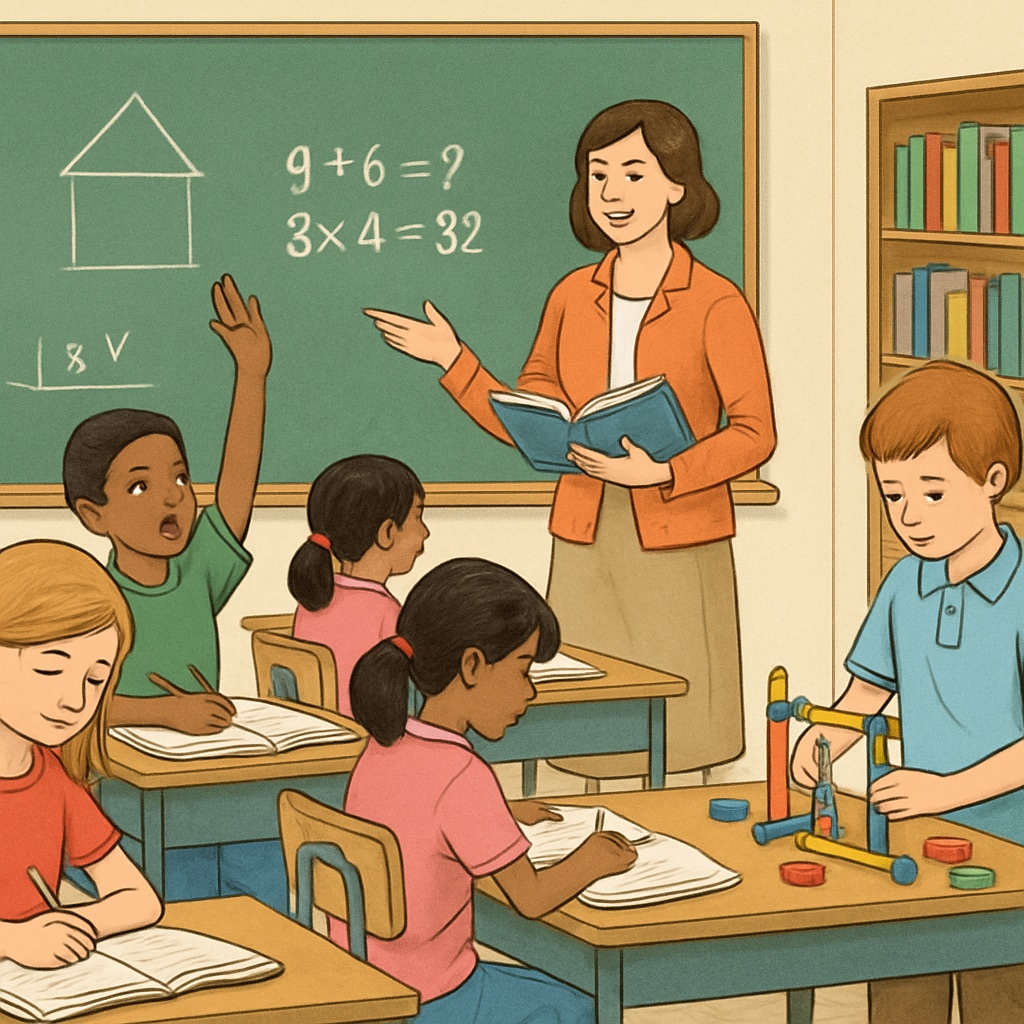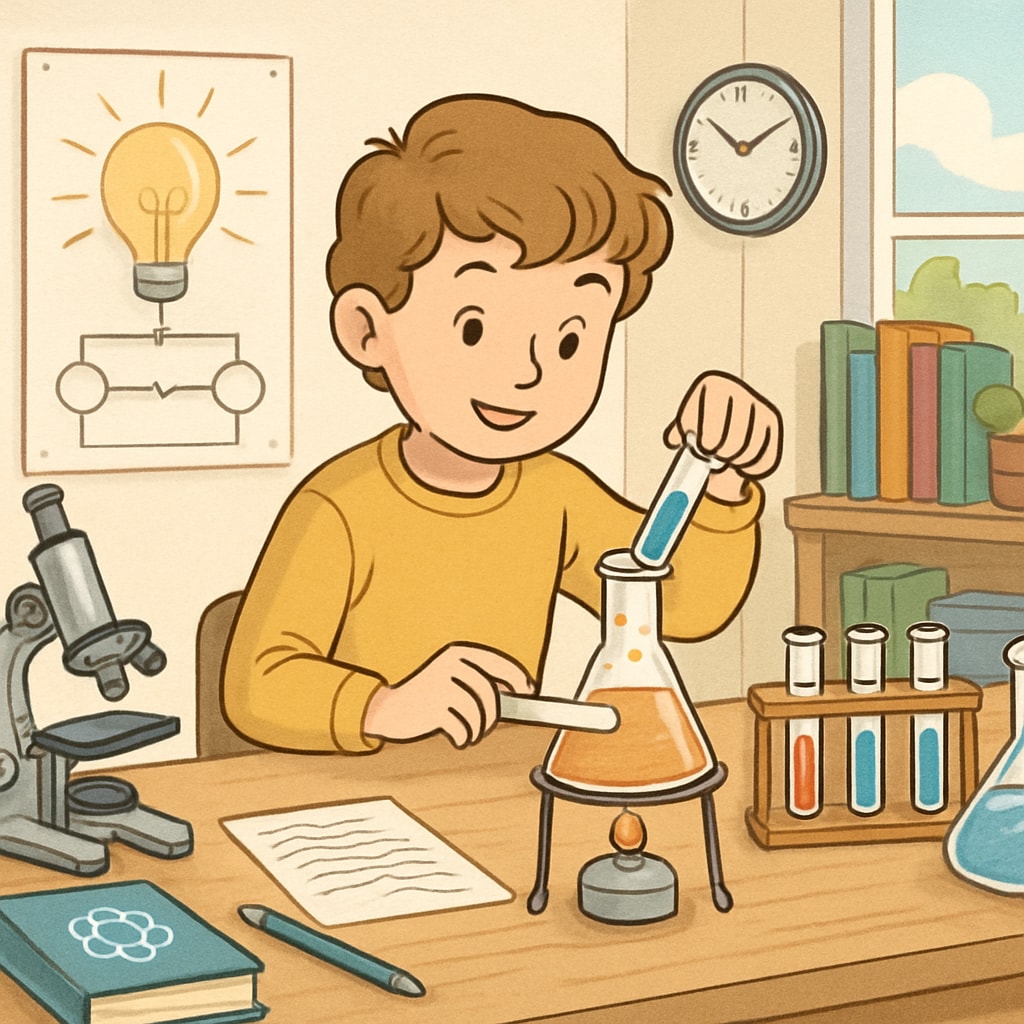In the realm of modern education, particularly within the K12 system, parents and educators often grapple with the pressing question: should children follow structured learning methods or embrace self-directed exploration? Understanding the strengths and weaknesses of these approaches is essential for creating a balanced, effective learning environment that nurtures both foundational academic skills and innovative thinking.

What is Structured Learning?
Structured learning refers to a highly organized approach where lessons, activities, and objectives are pre-determined by educators or curriculum developers. This method relies heavily on guidance, standardized assessments, and clear expectations. Structured learning is often praised for providing students with strong foundational knowledge and essential skills.
- Advantages: Students benefit from clear guidelines, consistent feedback, and a focused curriculum. This approach is particularly effective for mastering core subjects such as mathematics, science, and language arts.
- Disadvantages: It can sometimes limit creativity and critical thinking, as students may become overly reliant on external direction rather than developing independent problem-solving abilities.
Structured learning is an invaluable tool in situations where specific knowledge or skills need to be acquired systematically. However, it may not fully address the diverse ways in which children learn and grow.
What is Self-Directed Exploration?
Self-directed exploration, often referred to as autonomous learning or inquiry-based learning, allows students to take charge of their own educational journey. This approach encourages curiosity, creativity, and the ability to learn from trial and error. It is less reliant on rigid schedules and predefined outcomes.
- Advantages: Students become active participants in their learning process, developing critical thinking skills and adaptability. They learn how to seek out information and solve problems independently.
- Disadvantages: Without proper guidance, students may struggle to stay focused, miss key foundational concepts, or become overwhelmed by the unstructured nature of this approach.
While self-directed exploration fosters creativity and independence, it requires a certain level of self-discipline and motivation that younger students may not always possess.

Finding Balance: A Practical Framework
Choosing between structured learning and self-directed exploration doesn’t have to be a binary decision. Parents and educators can combine elements of both approaches to create a hybrid learning model tailored to the child’s unique needs. Here are some practical steps:
- Assess Individual Learning Styles: Determine whether the child thrives in structured environments or shows a natural inclination for independent exploration.
- Blend Approaches: Use structured learning for foundational subjects like math and reading while incorporating self-directed projects in areas like art, science, or technology.
- Provide Guidance Without Micromanaging: Offer support and resources for self-directed learning while ensuring students stay on track with their goals.
- Encourage Reflection: Teach children to evaluate their progress and adapt their learning strategies, which is a valuable skill for lifelong learning.
For example, parents might set aside dedicated time for structured learning activities in the morning, followed by open-ended, hands-on projects in the afternoon that allow children to pursue their interests.
Equipping Students for Lifelong Learning
The ultimate goal of any educational approach is to equip students with the skills necessary to become lifelong learners. Structured learning provides the foundation, while self-directed exploration fosters adaptability and creativity. Together, they form a powerful combination that prepares students for the complexities of the modern world.
Parents and educators must remain flexible, adapting their teaching methods as the child grows and their needs evolve. By blending the best aspects of both structured learning and self-directed exploration, we can help children acquire the tools they need to navigate the challenges of tomorrow confidently.
For further reading: Learn more about self-directed learning on Wikipedia or explore the benefits of structured learning on Britannica.
Readability guidance: Use short paragraphs with well-defined headings to break down concepts clearly. Incorporate lists and examples to improve engagement and comprehension.


